Are you looking for a way to enjoy your favorite noodle dishes while getting more veggies in your diet? With various vegetables turned into noodles, the possibilities for tasty and healthy meals are endless.
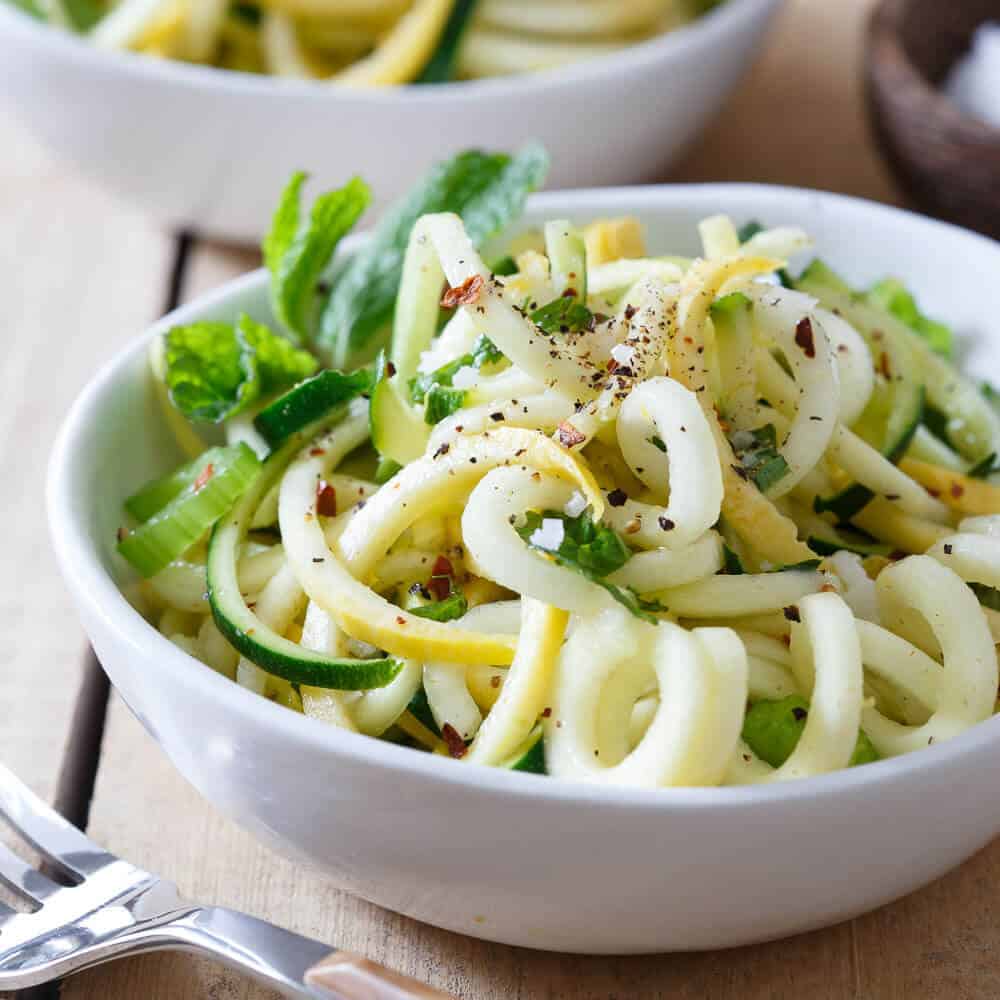
In this article, we will look at some of the most popular veggies to spiralize and turn into noodles.
Noodles are a staple of many cuisines, from Italian pasta to Asian noodles like Japanese ramen. Veggie noodles are a great alternative if you are looking for a healthier and lower-carb option.
Not only are they packed with nutrients and fiber, but they also add color, flavor, and texture to your dishes.
How To Use Veggie Noodles
There are different methods you can use to enjoy your vegetable noodles. You do not have to cook them like ordinary pasta. Plus, most of the time, all you need to do is mix them with your cooked sauce.
They are also a great addition to a cold salad tossed with different dressings.
For additional softness, you can quickly sauté them with seasoning, herbs, pesto, or a stir-fry sauce.
How To Pick the Best Vegetables for Making Noodles?
If you’re new to making veggie noodles, there are a few things to remember. Make sure you choose firm and relatively straight vegetables, as they will be easier to spiralize.
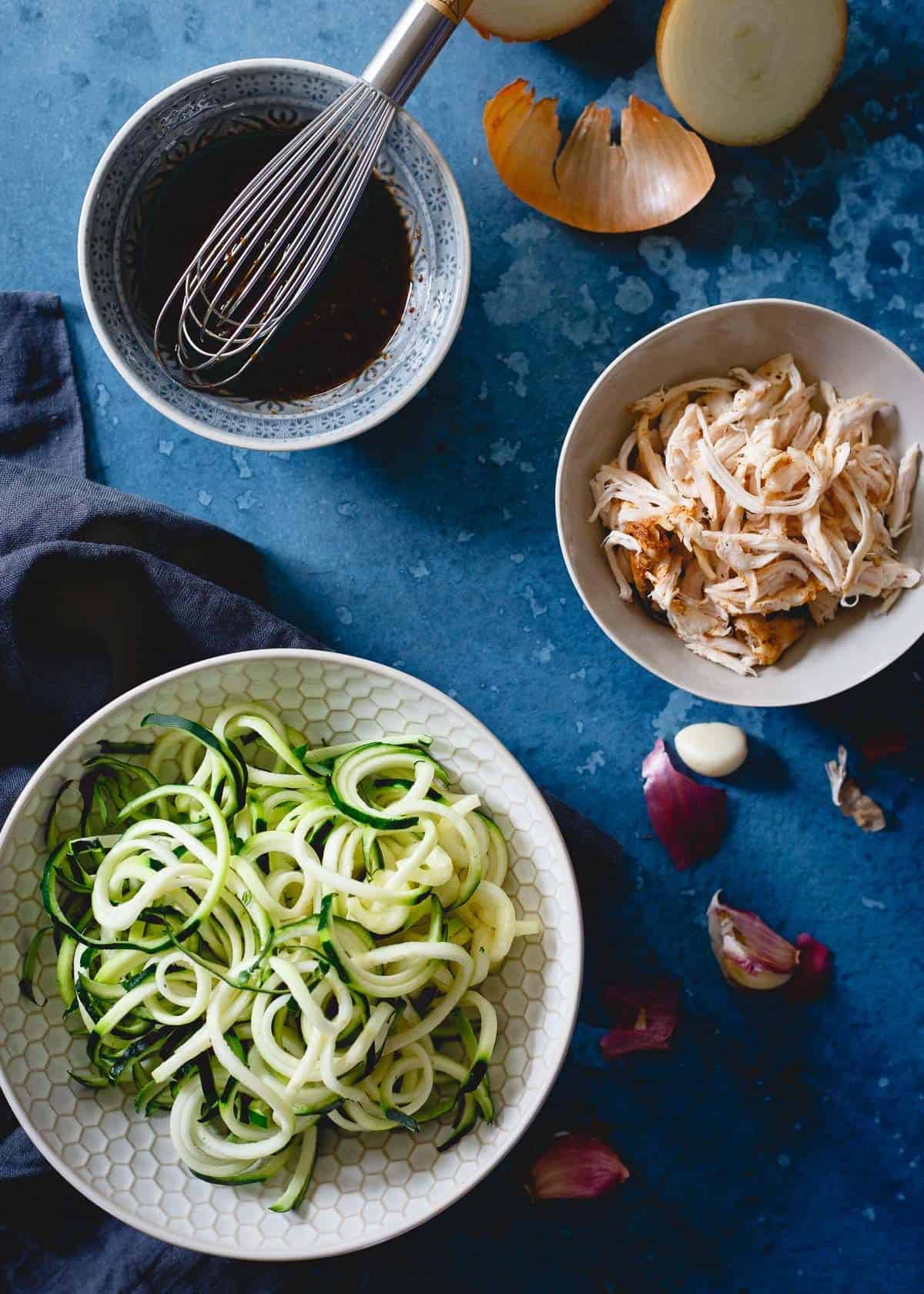
Gadgets Used for Making Vegetable Noodles
There are several gadgets for making vegetable noodles. Some of the most popular include:
Spiralizer: A
Make vegetable noodles with ease with a spiralizer! 5 different blades allows for varying thickness for each dish.
Mandoline Slicer: A mandoline slicer is a kitchen tool that allows you to slice vegetables into thin, uniform strips or slices. It has an adjustable blade for different thicknesses, depending on the type of noodles you want to make.
If you're making homemade chips or fries, this is perfect for you, and it comes with safety gloves which are really handy.
Julienne Peeler: A
This handy little tool is the perfect way to make veggie noodles without buying a larger countertop appliance.
Regular vegetable peeler: A regular peeler to make wider slices if no other gadgets are available.
A regular vegetable peeler will be tedious but also get the job done to create vegetable noodles.
Each gadget has its advantages and disadvantages, and the best one for you will depend on your preferences and needs.
Type of Vegetables To Make Veggie Noodles
“Making spiralized noodles out of veggies is incredibly easy to do! Zucchini is the most common you’ll see and one of the easiest. They are a great low carb noodle substitute if you’re trying to reduce your carbohydrate intake or go gluten free.”
Lara Clevenger, Lara Clevenger
From classic zucchini noodles to unconventional options like carrot and parsnip noodles, here are some of the vegetables you can use to get started:
Zucchini Noodles
Zucchini noodles, also known as zoodles, are the most popular veggie noodle. They are easy to make, low in calories, and have a mild flavor, making them an excellent substitute for traditional pasta. You only need a
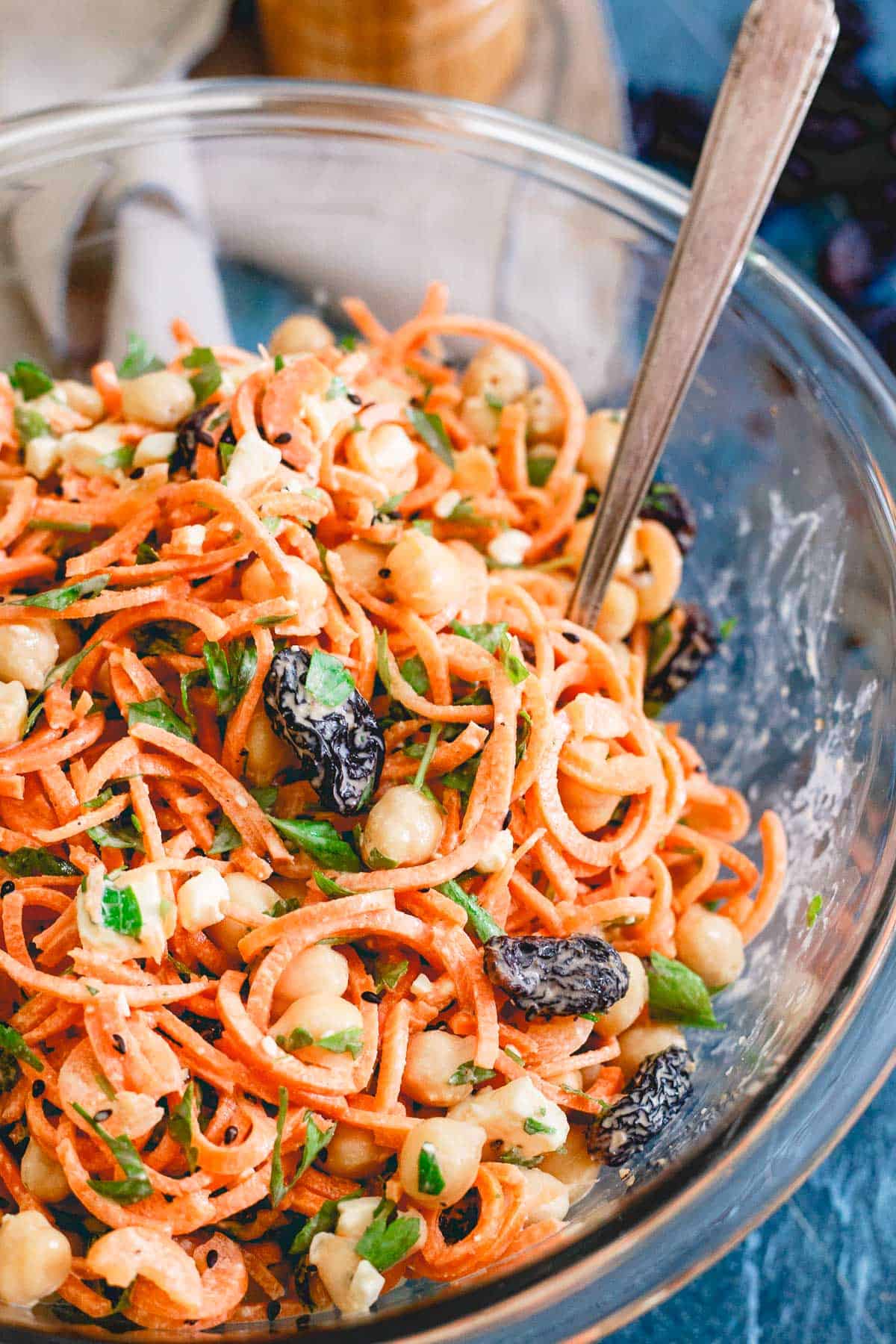
Carrot Noodles
Carrots are another great vegetable to turn into noodles. Carrot noodles, also known as coodles, have a slightly sweet flavor that pairs well with many different sauces and seasonings. You can prepare them in various ways, such as by sautéing, boiling, or roasting. Like zucchini noodles, you can make carrot noodles with a
Sweet Potato Noodles
If you’re looking for a heartier veggie noodle, sweet potato noodles, also known as swoodles, are a great option. They have a slightly sweet flavor. They work well in both sweet and savory dishes.
Beet Noodles
Beet noodles are a colorful and flavorful option for veggie noodles. They have a slightly earthy flavor and a beautiful, vibrant color. They work well in salads or as a base for bowls. Find beet noodles in this flavorful roasted winter root vegetable salad.
Cucumber Noodles
Cucumber noodles are a refreshing and light option for veggie noodles. They have a mild flavor and are high in water content, making them an excellent choice for salads or cold noodle dishes. They can be eaten raw or lightly sautéed. To make cucumber noodles, all you need is a vegetable peeler. Thicker slices are great for Naruto or cucumber sushi rolls.
Squash Noodles
Butternut squash noodles have a sweet, nutty flavor and a slightly softer texture than zucchini noodles. Squash varieties such as acorn, delicata, or spaghetti squash can be spiralized into thin, long noodles that work well in dishes. Garlicky butternut squash noodles with ricotta and spinach are a delicious alternative to pasta.
Parsnip Noodles
Parsnip noodles have a slightly sweet, nutty flavor and a soft, noodle-like texture. When spiralized, they have a soft, noodle-like texture that works well in fall and winter dishes.
Asparagus Noodles
White asparagus is a popular ingredient you can enjoy to make delicious and nutritious noodles. Unlike green asparagus, white asparagus grown underground is much thicker and has a milder flavor and a more delicate texture. When used to make noodles, white asparagus adds a subtle sweetness and a creamy, slightly nutty flavor to the dish. Asparagus noodles need to be cooked for at least 10 minutes to soften up, but then are enjoyed as one of the best asparagus tagliatelle one can have.
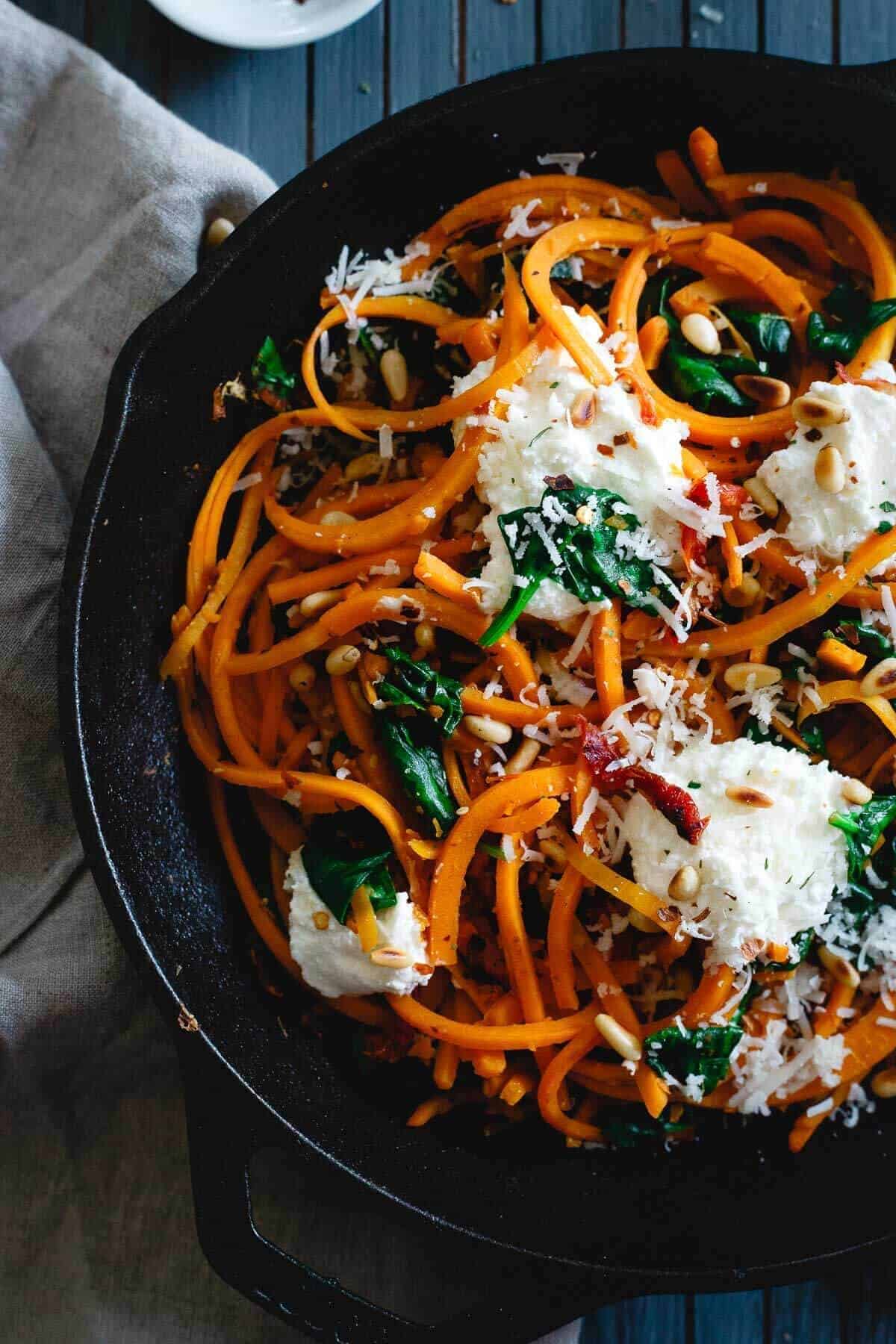
Broccoli Noodles
While most people are familiar with using broccoli florets in their cooking, you can also turn stems into long, thin noodles — our guide to cutting broccoli details this. They work well in stir-fries or as a base for cold noodle salads. Try them in this shaved beef stir fry along with the florets.
Bell Pepper Noodles
Bell peppers are colorful and nutritious vegetables that can be sliced into thin, curly noodles. They add a sweet and crunchy texture to dishes and work well in stir-fries or as a colorful garnish for salads. Spiralize the peppers in this ground beef stir fry instead of chopping for a fun variation.
Cabbage Noodles
Cabbage can be sliced thinly or spiralized into long, thin noodles with a slightly sweet and crunchy texture and work well in salads or stir-fries. This could be done in a pork and cabbage stir fry or even to make fermented red cabbage.
Onion Noodles
You can also use onions as thin noodles that add a savory, slightly sweet flavor to dishes. They work well in stir-fries or as a topping for burgers and sandwiches. Try onion noodles in this soba noodle dish with leeks, sweet onions and eggs.
Radish Noodles
Radishes are easily turned into thin, curly noodles that add a spicy and crunchy texture to dishes. They work well in salads or as a garnish for tacos and sandwiches. Try quick pickling radish noodles for a tangy taste.
Turnip Noodles
Turnips are a root vegetable with a slightly sweet and earthy flavor. Turnip noodles are great as a base for cold noodle salads.
Eggplant Noodles
Eggplant noodles are a fun way to enjoy this polarizing vegetable. Because of its size and soft texture, a
Palmini Noodles
Palmini noodles are pasta made from hearts of palm, a vegetable harvested from the inner core of certain palm trees. They have a slightly crunchy texture and a mild, neutral flavor that can be enhanced by adding sauces, seasonings, or other ingredients. They are a low-carb, gluten-free alternative to traditional pasta and great as keto baked pasta.
Overall, vegetable noodles are a fun and nutritious alternative to traditional pasta noodles. Experimenting with different vegetables can help add variety to your diet while providing essential vitamins and minerals.
Shirataki Noodles
Learning how to cook shirataki noodles is a game-changer for anyone that wants a vegetable noodle that’s more pasta-like than any of the above options. Made from konjac flour, these noodles are also sometimes called “miracle noodles” because they’re practically devoid of any macro-nutrients at all. You can eat an entire bowlful without much recourse to your diet.
Make sure to rinse them before use and play around with your favorite way to incorporate them into meals. I find them great for stir fries as well as a pasta substitute.
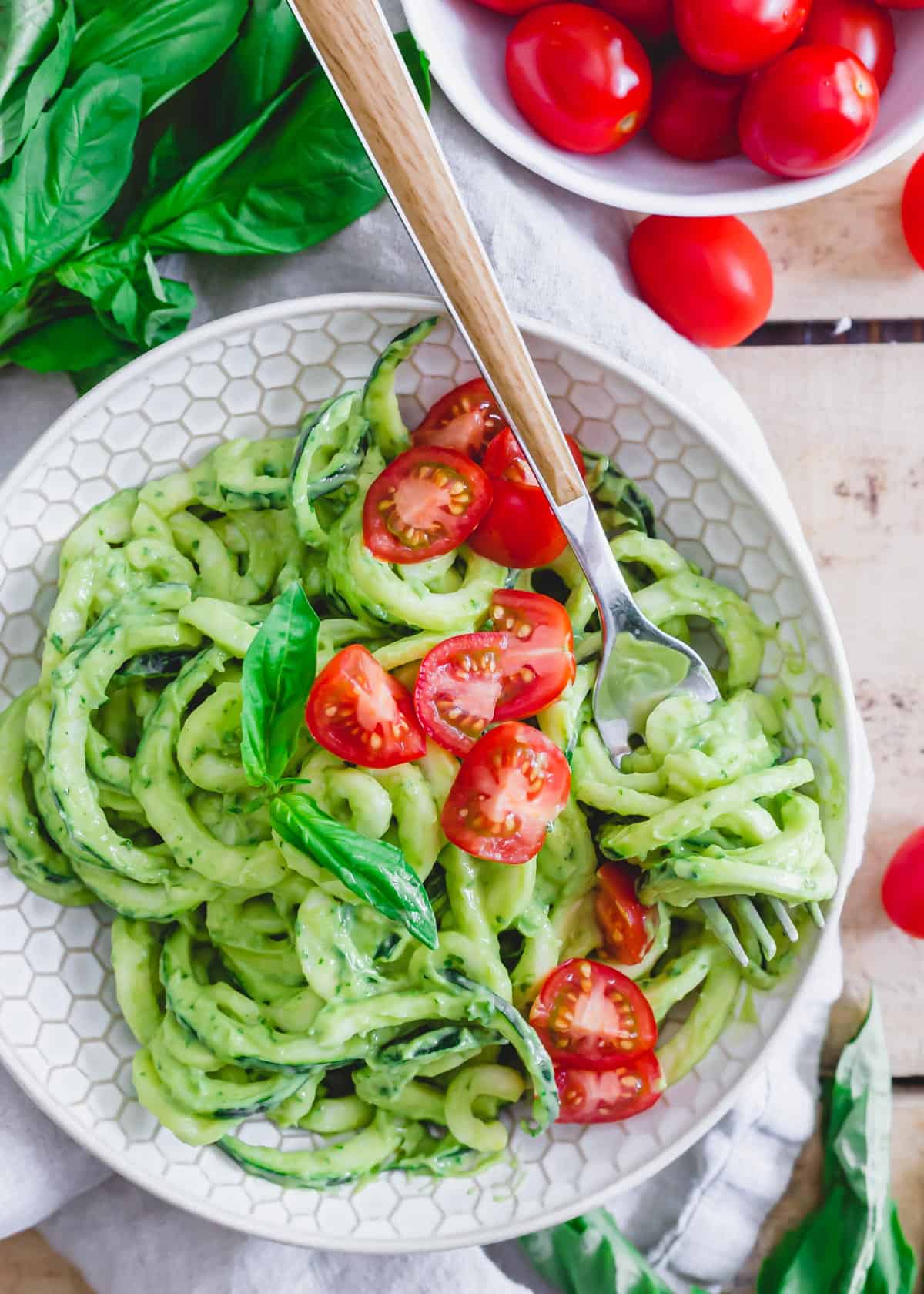
Storing Veggie Noodles
Storing veggie noodles is easy. You can keep them in an airtight container in the refrigerator for three to four days. If you want to store them longer, you can freeze them in a single layer on a baking sheet and then transfer them to a freezer-safe container. To reheat, sauté them in a pan with oil or butter until heated.
Veggie noodles are a fun and creative way to enjoy your favorite noodle dishes while getting more veggies. With so many different vegetables and various ways to prepare them, the possibilities for delicious and healthy meals are endless.
Watch the web story – How to make veggie noodles.
PIN FOR LATER
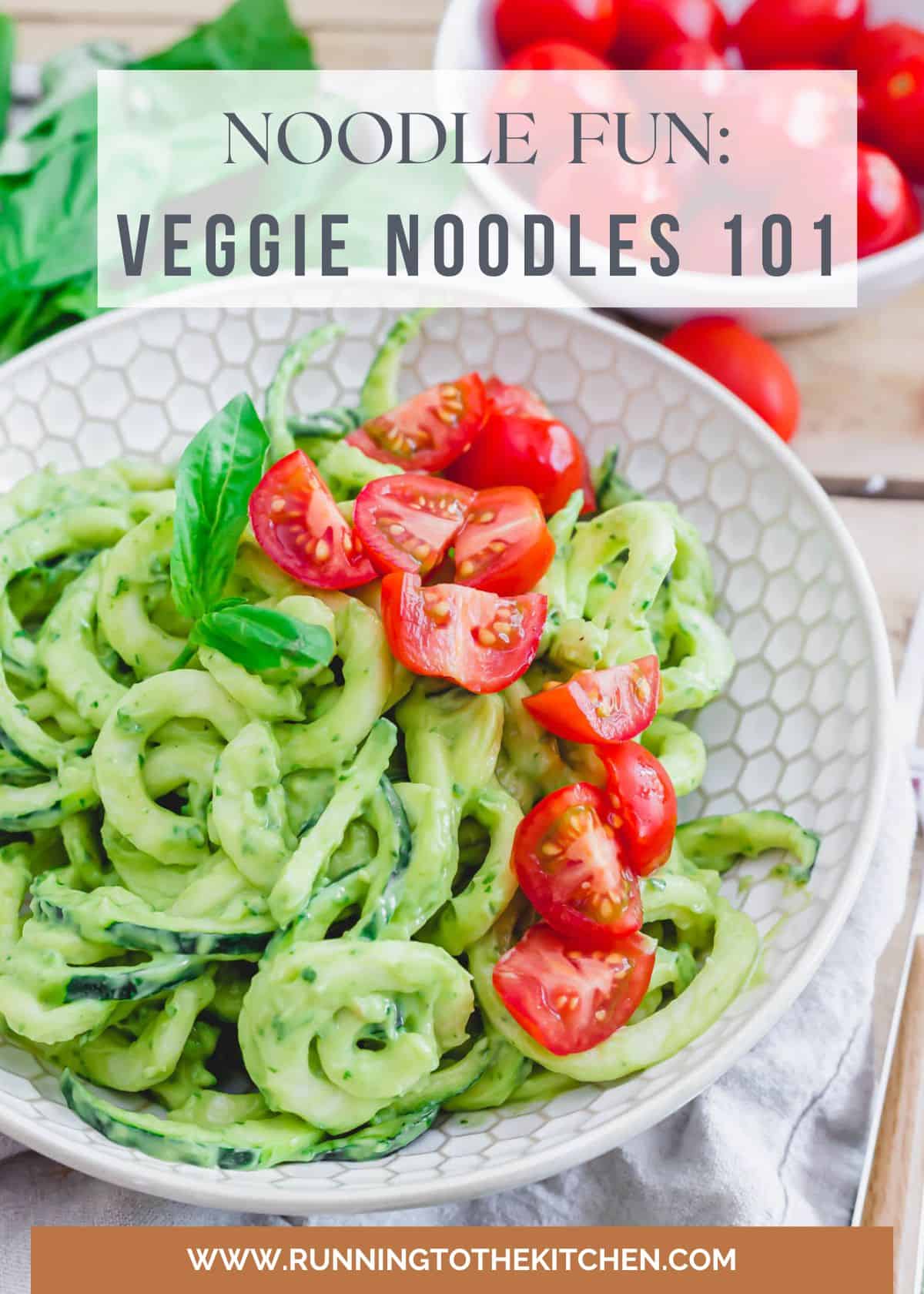
This article originally appeared on Food Drink Life.
Gina Matsoukas is an AP syndicated writer. She is the founder, photographer and recipe developer of Running to the Kitchen — a food website focused on providing healthy, wholesome recipes using fresh and seasonal ingredients. Her work has been featured in numerous media outlets both digital and print, including MSN, Huffington post, Buzzfeed, Women’s Health and Food Network.
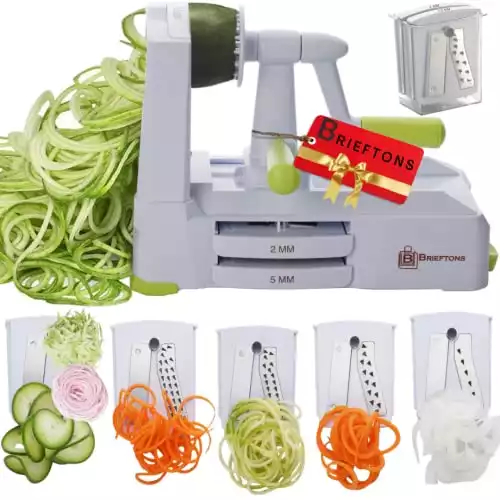
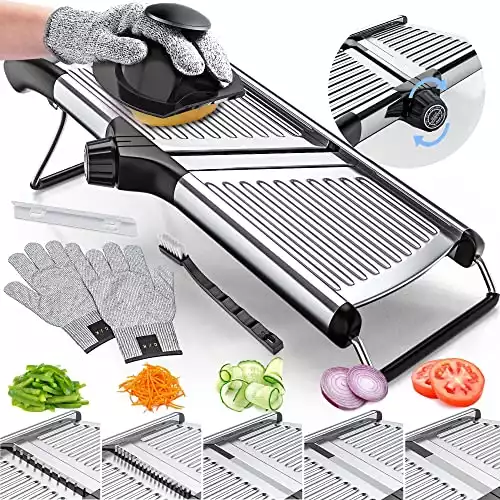
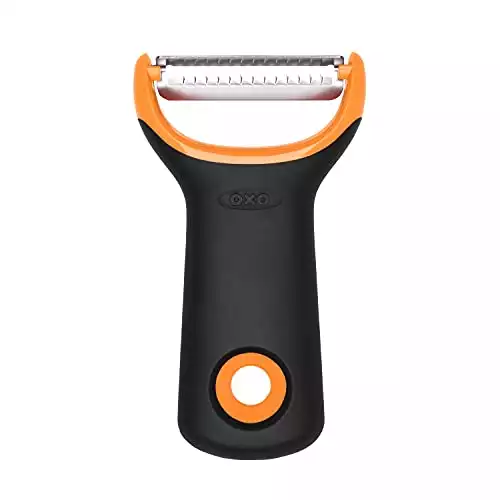
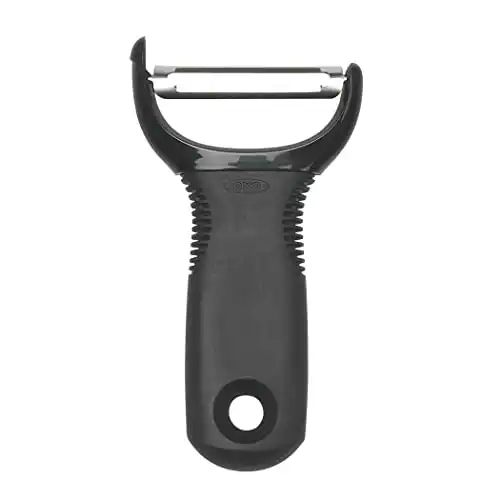
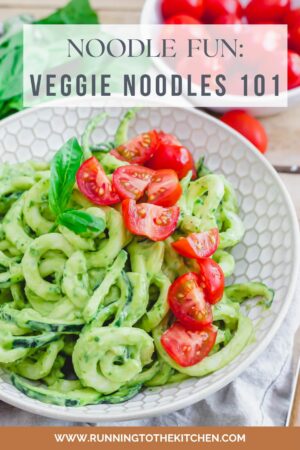


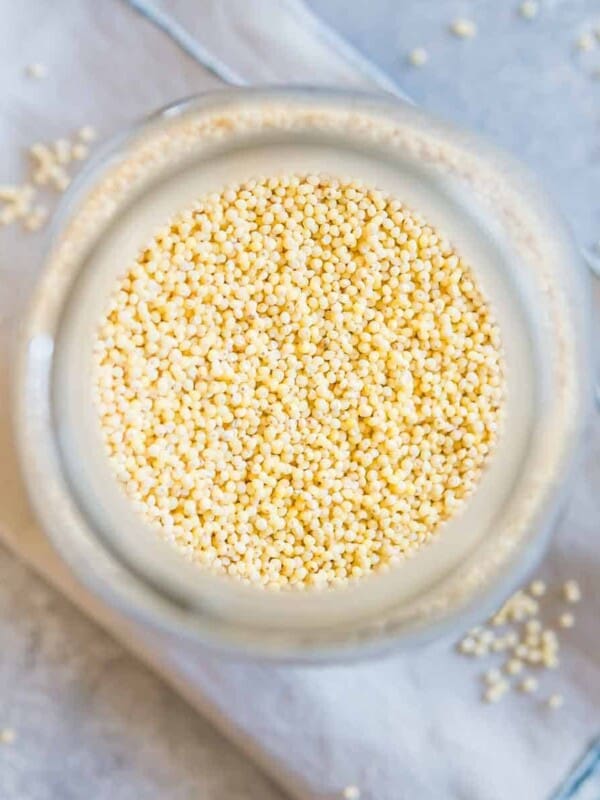
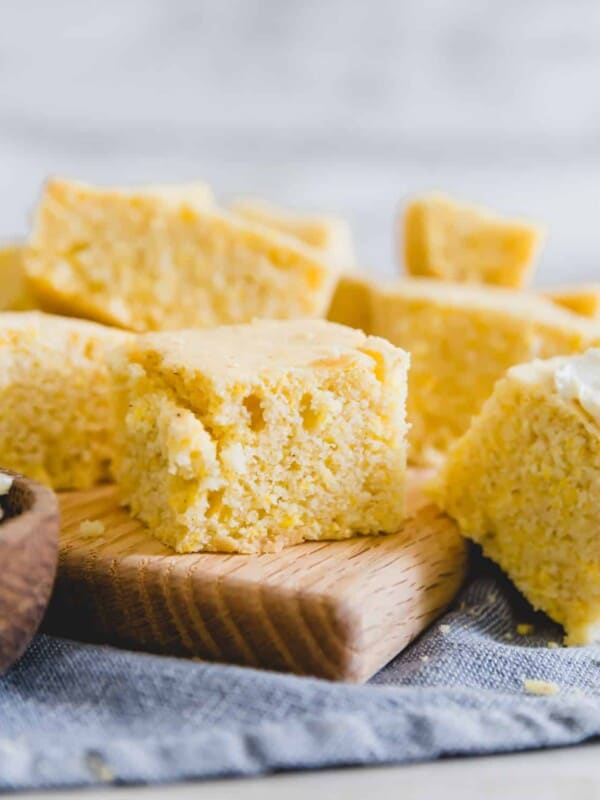





There are so many veggie noodle options I wasn’t aware of! This post was so informative. I definitely want to try sweet potato.
Oh wow, this looks so delicious. My family is going to devour it!